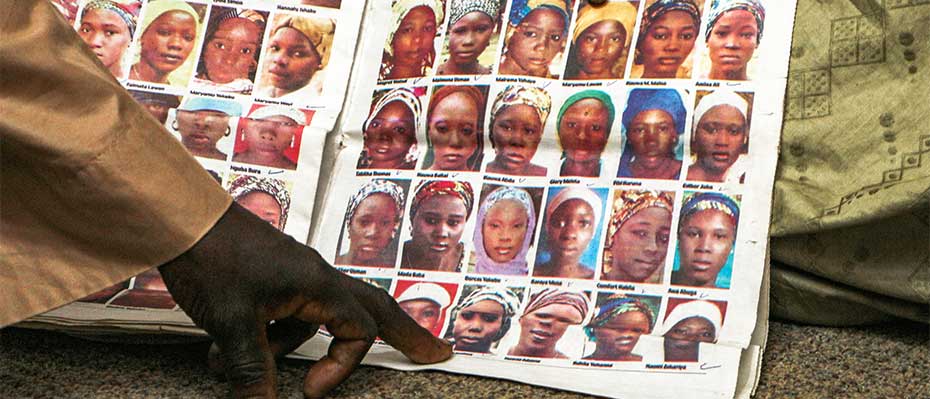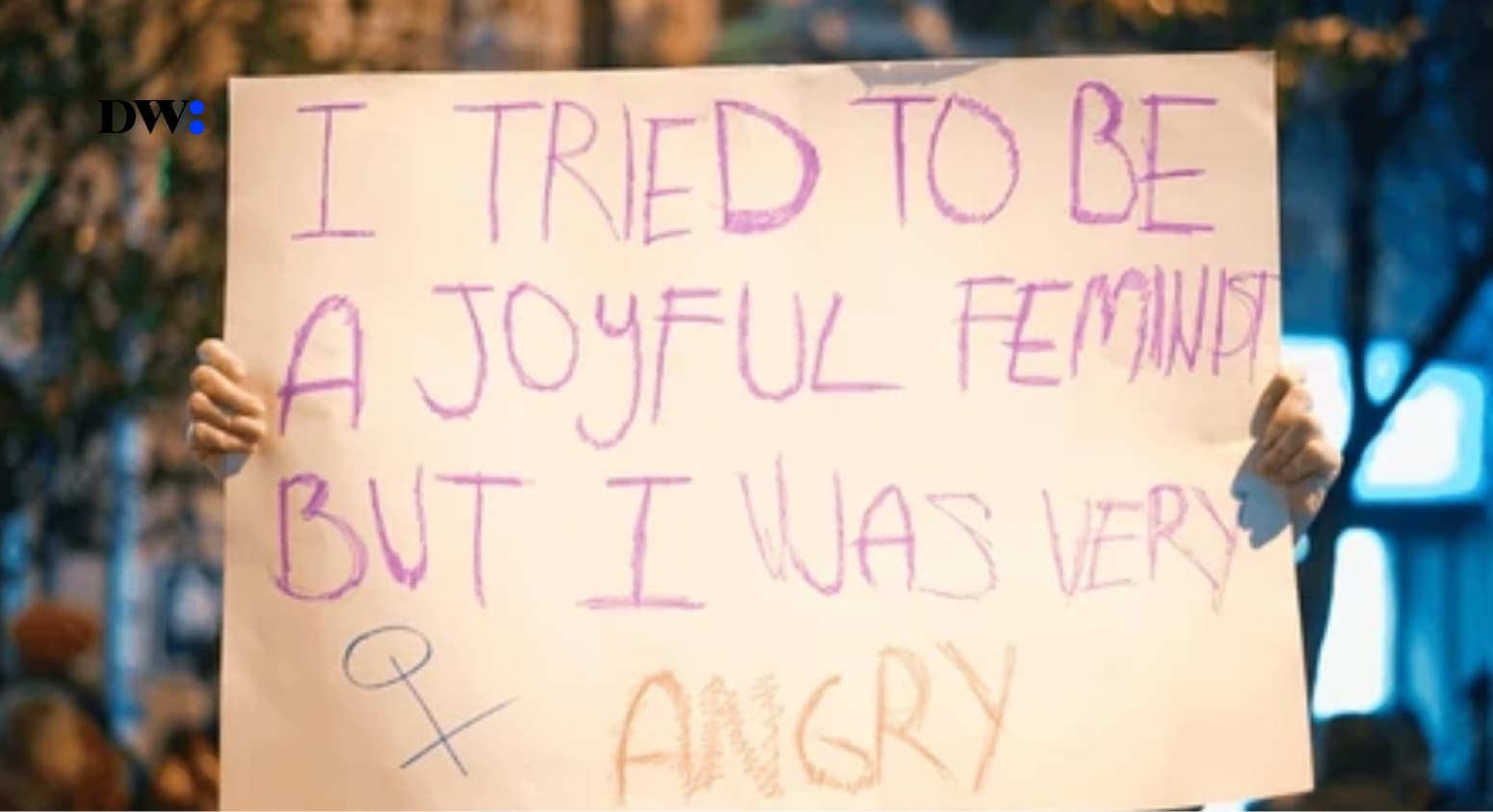April 14th, 2024 marked 10 years since the horrific abduction of the 276 Chibok girls from Government Girls Secondary School, Chibok, Borno State by the Boko Haram insurgent group. The incident remains one of the most jarring terrorist incidents in the country to this day; the lives and futures of bright young Nigerian women being snatched away in such cruelty, leaving behind grieving family members and a distraught nation who have since been plagued by similar events carried out by the insurgent group in parts of the country.
The abduction of the girls sparked the #BRINGBACKOURGIRLS movement that caught waves across the country and beyond, with protests home and abroad pushing for a more adequate response from the Nigerian Government in their handling of the situation in rescuing the girls and bringing their abductors to justice.
Within the past 10 years, the movement has grown in various capacities, the EiE: Enough is Enough, Nigeria is one of such organisations that have played a vital role in its growth, raising awareness and keeping records of the developments surrounding the rescue and rehabilitation of the girls. Unfortunately, within that time there have been no official documents, reports, or publications of any sort from the government profiling the girls, or transparency in the negotiation proceedings.
In June 2014, This Day Newspaper released one of the very first comprehensive databases and articles that continues to be a major source regarding the tragic event. On April 11th, 2024, the Murtala Muhammed Foundation released a more extensive report that not only profiles the girls who were abducted and released but also details important developments in their lives and other proceedings involved in the case.
The MMF reports an initial 57 girls who had escaped before the group reached the infamous Sambisa Forest where the rest of the girls were held captive over the years. The insurgent group continued to pawn the remaining girls in captivity in negotiated releases with the government facilitated by the Red Cross and the Swiss government. The MMF report details as much of the outcome of these negotiations as could be collected, it reports a later negotiation and release of 21 girls that marked a momentous turning point in the dreadful event, the first real progress made by the government in efforts to tackle the case.
In May 2017, the government negotiated the release of an additional 82 girls and over the past decade 26 girls have been reported to be found, rescued, or escaped, many returning with children.
10 years later, where are the girls now? A question that has marked the EiE initiative to commensurate the 10-year turning point.
Enough Is Enough, Nigeria is an advocacy project that has amassed a network of individuals and organisations pushing for a positive impact on governance in the country through advocacy, education, engagement, and mobilization of citizens. Over the years, EiE has acted as a liaison for the Lagos branch of the #BRINGBACKOURGIRLS movement.
To commemorate 10 years since the tragic event, the developments over the decade, and their continued advocacy towards the release of the remaining girls, the EiE hosted a virtual event “Chibok Girls 10 Years Later: Where Are They Now?” on April 30th, the event hosted survivors like Grace Dauda and Dinah Lawan as they recounted their divergent journeys – Grace’s 3 years held hostage versus Dinah’s fortunate early escape.
The event saw the launch of a booklet compiled by the EiE through research and other sources, highlighting the journey of each girl who has been released, where they are now and how far they have come since their release.
The booklet details a comprehensive timescape of events surrounding the releases and lives of the girls. This comes at a time where two of the girls just graduated from top U.S colleges.
The EiE compiled Booklet is available for download, such initiatives and other forms of continuous people-led advocacy have remained the only ray of hope in the past decade. As of today, reports show that out of 276 girls abducted, 57 escaped, 103 were released, 7 were found, 90 are still in captivity and 109 still missing including at least 21 girls who are yet to be declared dead by the community or government and are reported officially as “missing.”
Document Women have no correspondence regarding what plans the present Federal government and State government of Borno state intend to do in their efforts to negotiate the release of the remaining 90 girls still in captivity. The advocacy remains #BRINGBACKOURGIRLS until all 90 girls are released and given the chance of freedom and a life outside of captivity.





